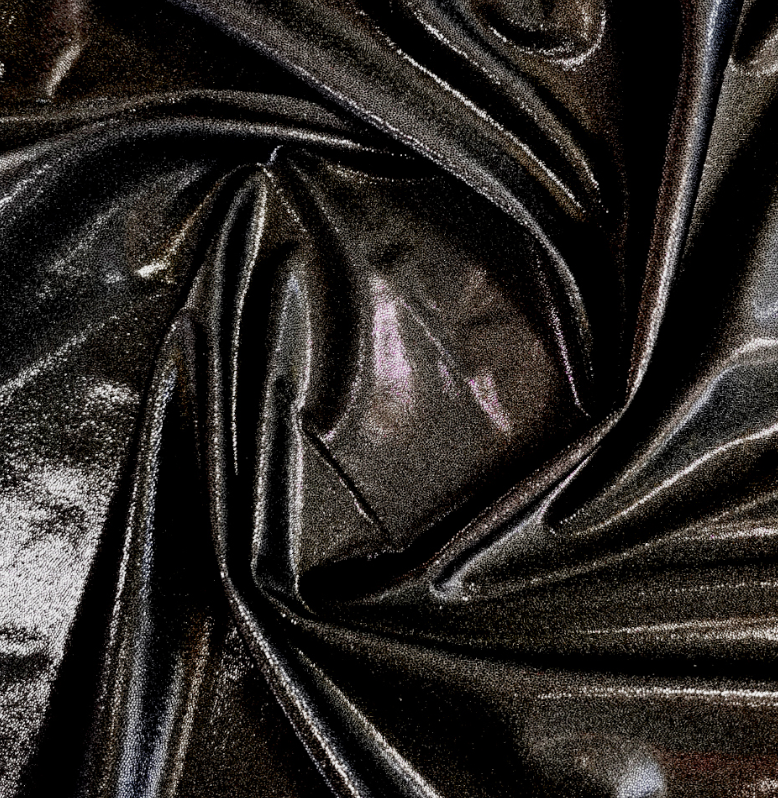The Stretchy Wonder: Unveiling the Magic of Lycra Fabric
- Creative Fashion Services
- Aug 3, 2024
- 3 min read
Lycra, also known as spandex or elastane, is a fabric that has revolutionised the fashion and textile industries with its exceptional elasticity and durability. From sportswear to everyday garments, Lycra has become a staple in wardrobes around the world. In this blog post, we will delve into the history of Lycra, explore its different types, and highlight why this remarkable fabric is a go-to choice for designers and consumers alike.
The History of Lycra
Lycra's journey from a lab experiment to a fashion essential is a fascinating tale of innovation and transformation:
1. The Birth of Lycra:
Lycra was invented in 1958 by chemist Joseph Shivers at DuPont, an American chemical company. Shivers was seeking a synthetic alternative to rubber that could provide greater durability and elasticity. The result was a fibre that could stretch up to five times its original length and return to its original shape without losing its elasticity.
2. Commercial Success:
Lycra was initially introduced to the market in the early 1960s. Its unique properties quickly made it popular in the fashion industry, particularly for women's hosiery, underwear, and swimwear. The fabric's ability to provide a snug fit without compromising on comfort was a game-changer.
3. Evolution and Expansion:
Over the decades, Lycra's applications expanded beyond intimate apparel. It became a crucial component in sportswear, activewear, and even medical textiles, thanks to its ability to support and enhance movement.
Different Types of Lycra
Lycra comes in various forms, each tailored to specific applications and needs. Here are some of the most common types:
1. Standard Lycra:
Standard Lycra, also known as spandex or elastane, is the most widely used form of this fabric. It is often blended with other fibres, such as cotton, polyester, or nylon, to enhance the stretch and recovery properties of the final fabric. Standard Lycra is found in a wide range of garments, from leggings and yoga pants to swimsuits and socks.
2. Power Lycra:
Power Lycra offers extra strength and compression, making it ideal for performance sportswear and shapewear. This type of Lycra provides additional support to muscles and reduces fatigue during physical activities, making it a favourite among athletes and fitness enthusiasts.
3. Lightweight Lycra:
Lightweight Lycra is designed for garments that require a delicate balance of stretch and breathability. It is commonly used in athletic tops, dancewear, and other garments where freedom of movement and comfort are paramount.
4. Microfibre Lycra:
Microfibre Lycra features finer fibres that create a softer and smoother fabric. This type is often used in high-quality lingerie, sports bras, and form-fitting dresses. The microfibre construction enhances the fabric's ability to wick moisture away from the skin, keeping the wearer dry and comfortable.

The Durability and Versatility of Lycra
Lycra is celebrated not only for its stretch but also for its durability and versatility. Here’s why Lycra stands out:
1. Exceptional Elasticity:
Lycra’s primary characteristic is its remarkable elasticity. It can stretch significantly and still return to its original shape, providing a comfortable and flattering fit. This elasticity makes Lycra an essential component in garments that require flexibility and freedom of movement.
2. Durability:
Despite its stretchiness, Lycra is incredibly durable. It resists wear and tear, abrasion, and pilling, ensuring that garments retain their shape and appearance even after repeated use and washing. This durability makes it an excellent choice for activewear and everyday clothing.
3. Comfort and Fit:
Lycra blends create fabrics that conform to the body, providing a snug yet comfortable fit. This makes Lycra ideal for form-fitting garments that move with the wearer, such as leggings, swimwear, and body-hugging dresses. The fabric’s ability to provide gentle compression also makes it popular in shapewear and performance apparel.
4. Versatility:
Lycra’s versatility is evident in its wide range of applications. It is used in everything from casual wear and sportswear to medical textiles and industrial products. Whether enhancing the stretch of a cotton T-shirt or providing the perfect fit in a swimsuit, Lycra is a versatile fabric that adapts to various needs.
Lycra's journey from a groundbreaking invention to a fabric staple is a testament to its incredible properties and versatility. Its exceptional elasticity, durability, and comfort have made it a favourite in the fashion industry, revolutionising how garments fit and perform. Whether you're slipping into a pair of yoga pants, donning a sleek swimsuit, or enjoying the support of a well-fitted sports bra, Lycra's presence is felt in countless aspects of everyday wear. As fashion continues to evolve, Lycra remains a key player, proving that innovation and comfort can go hand in hand.





